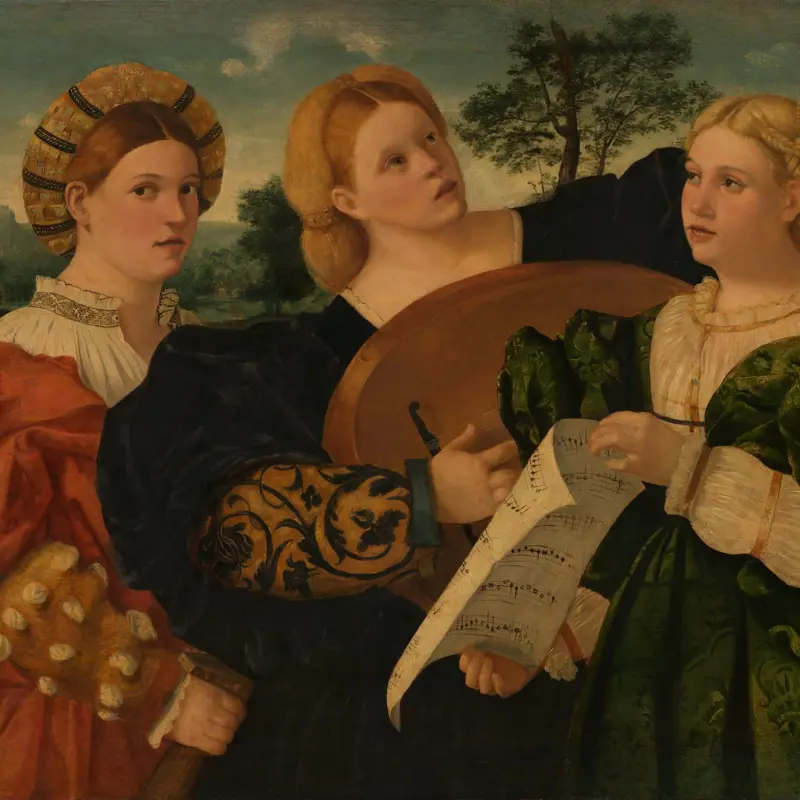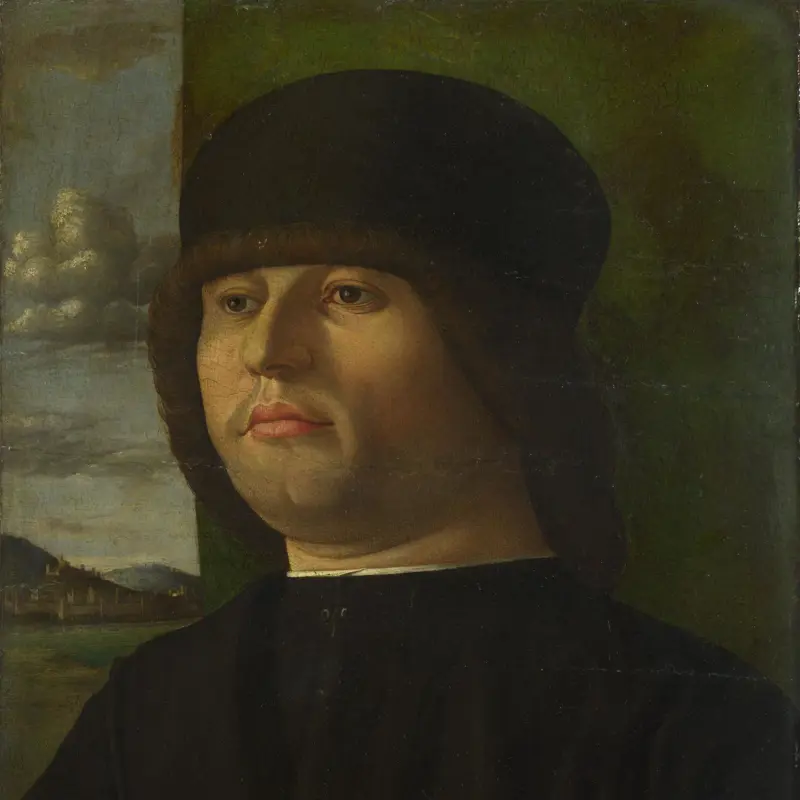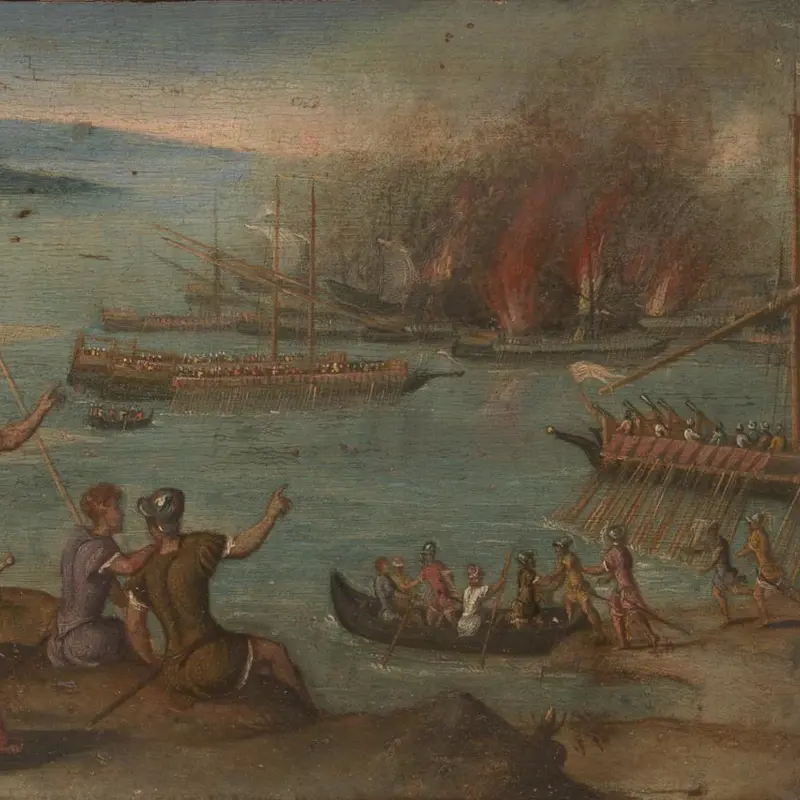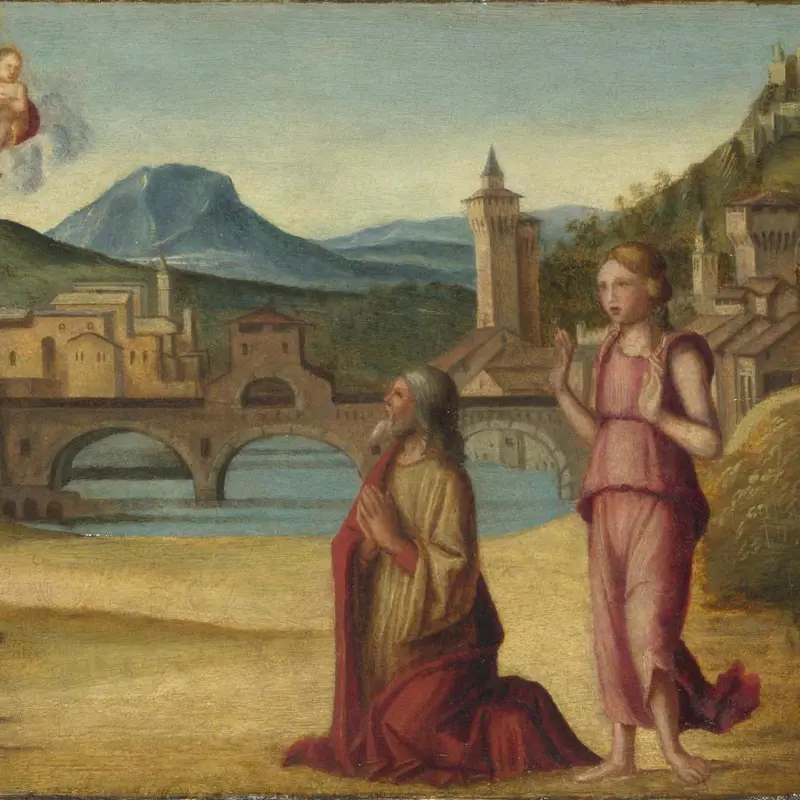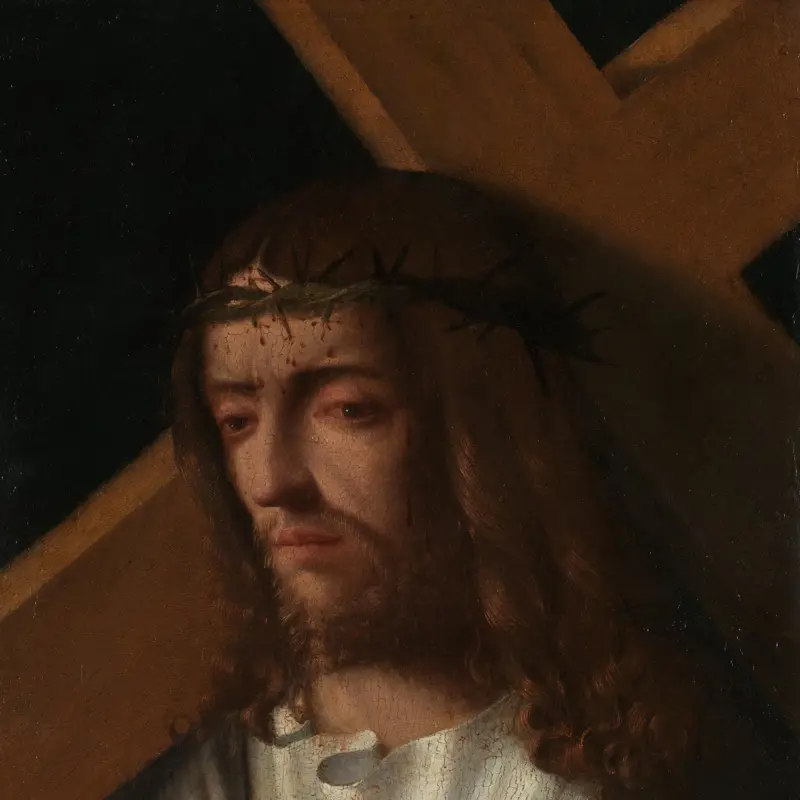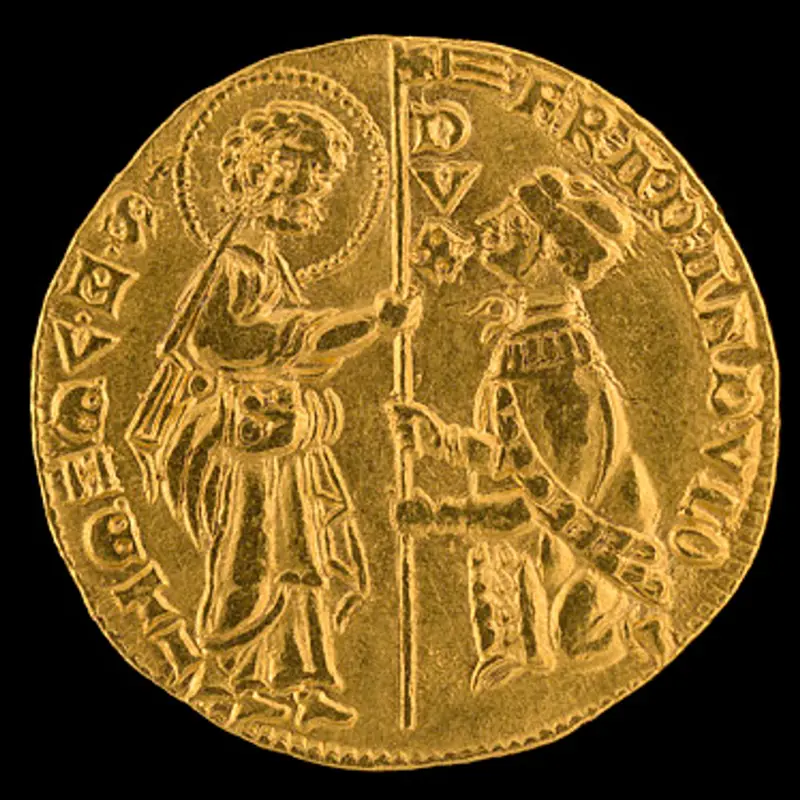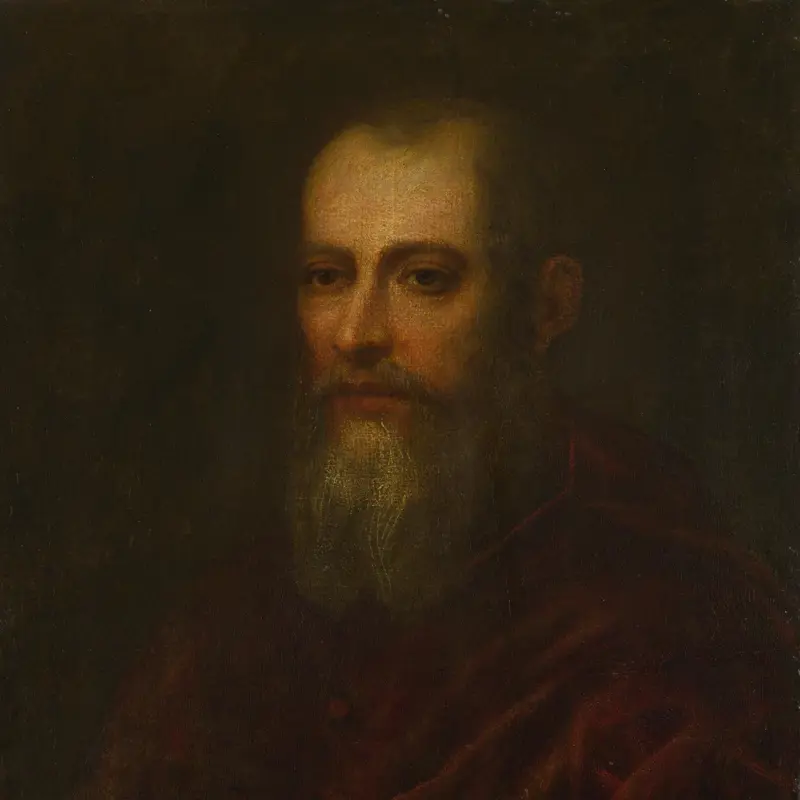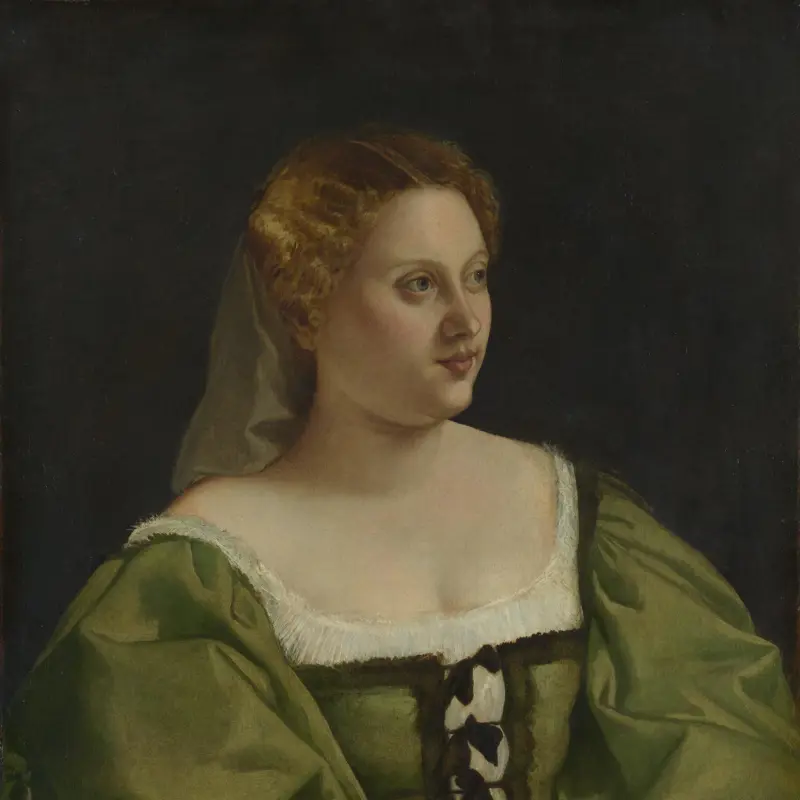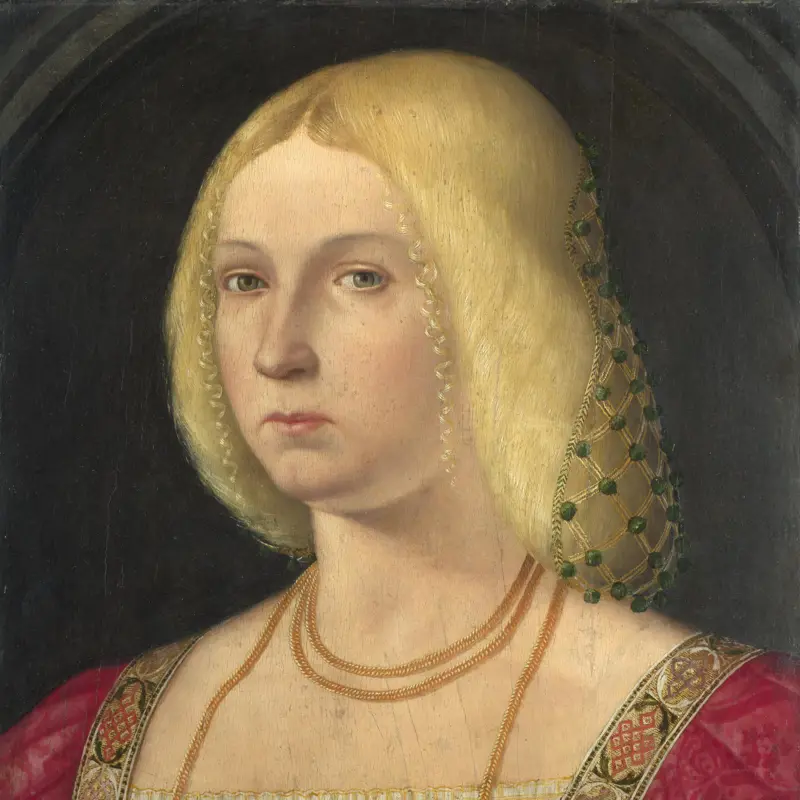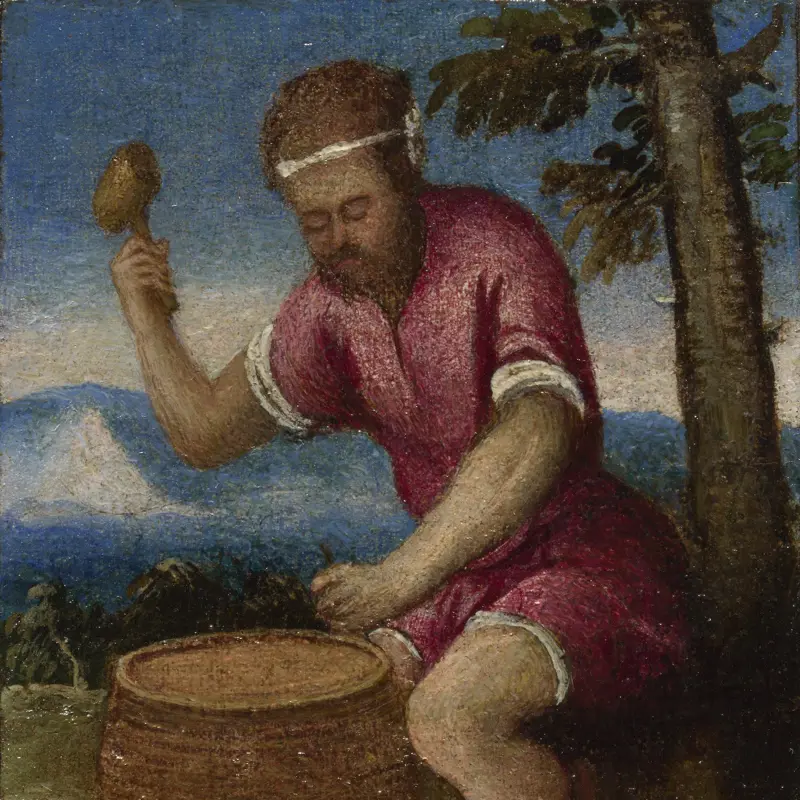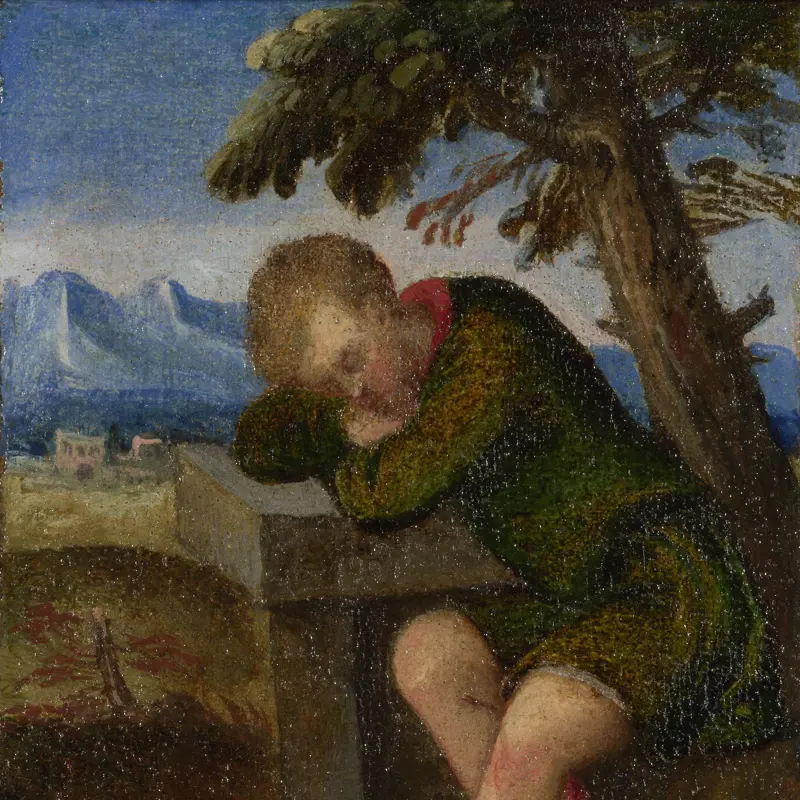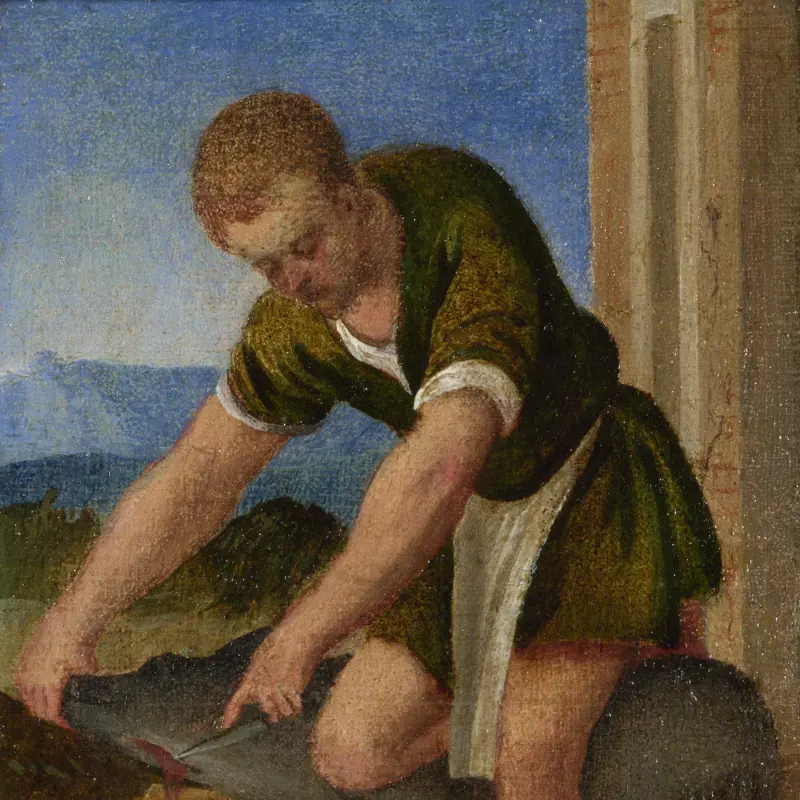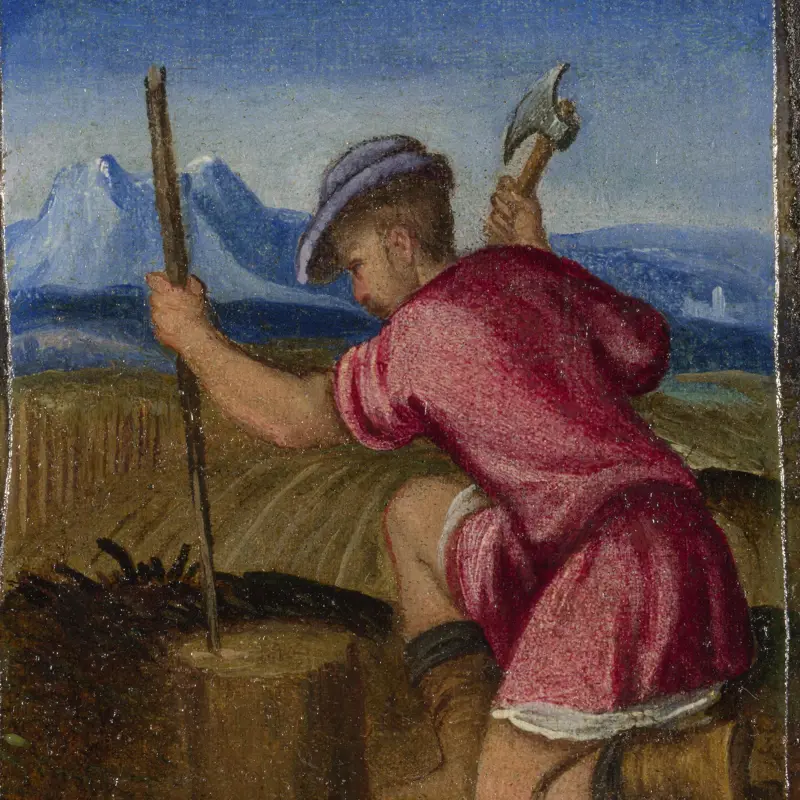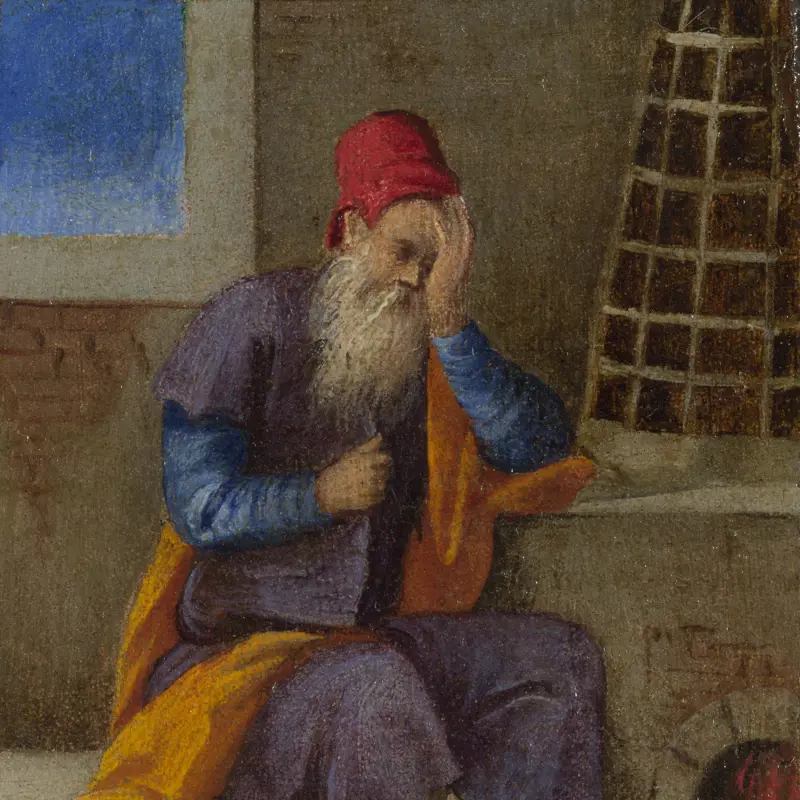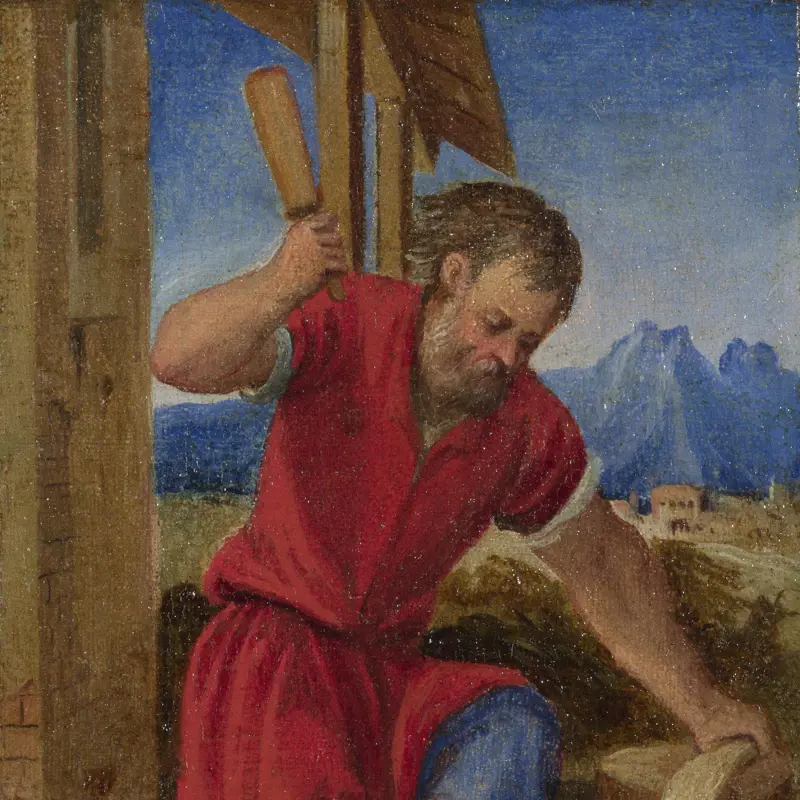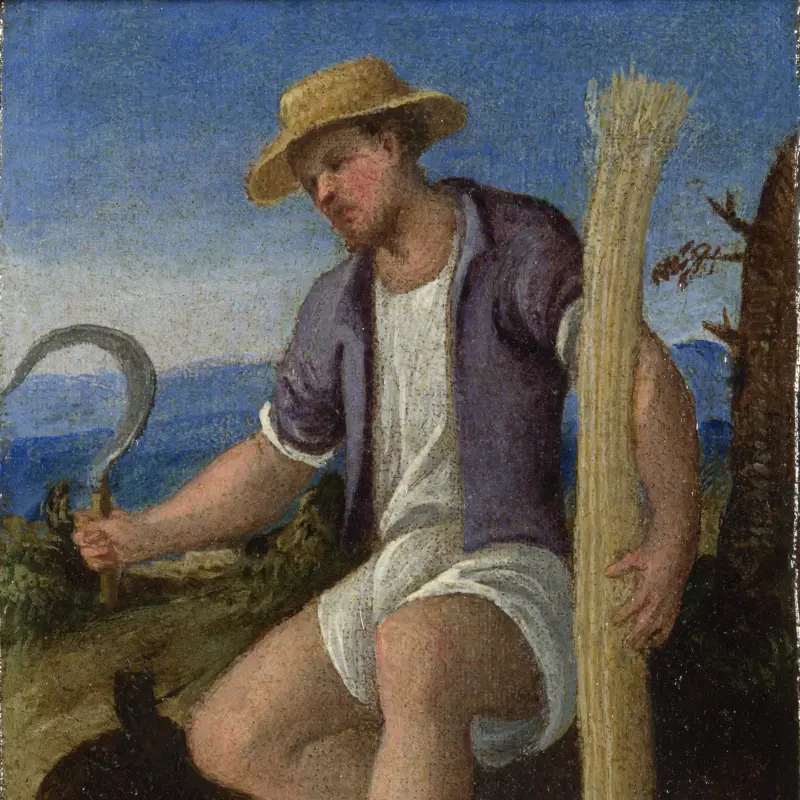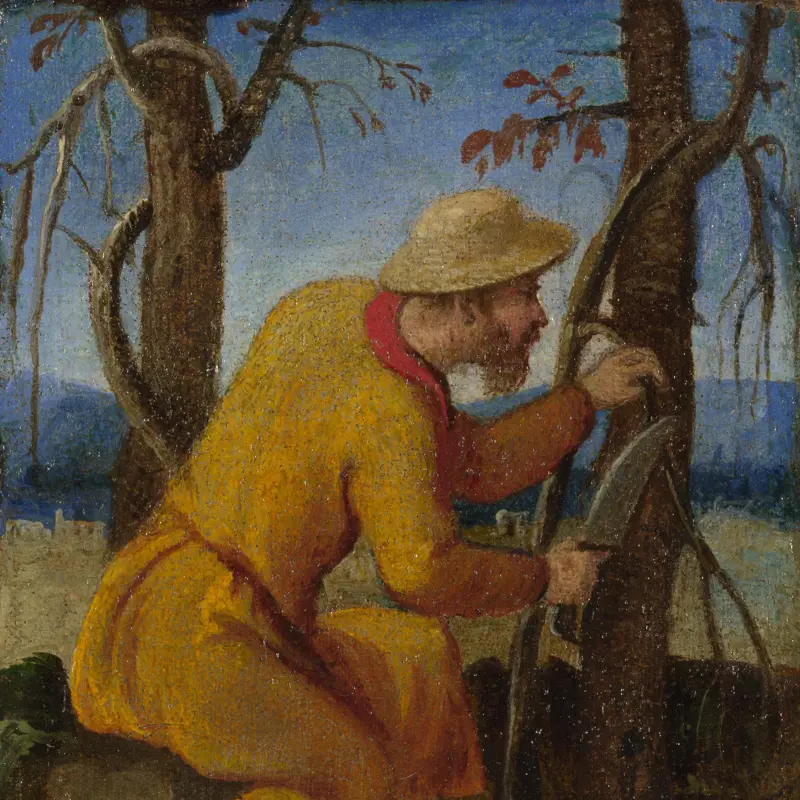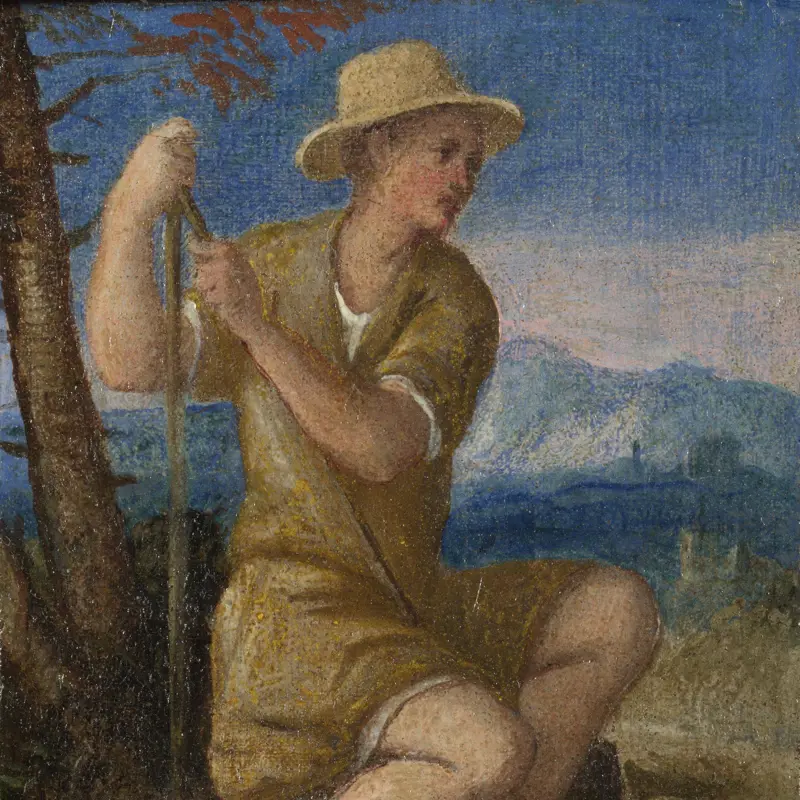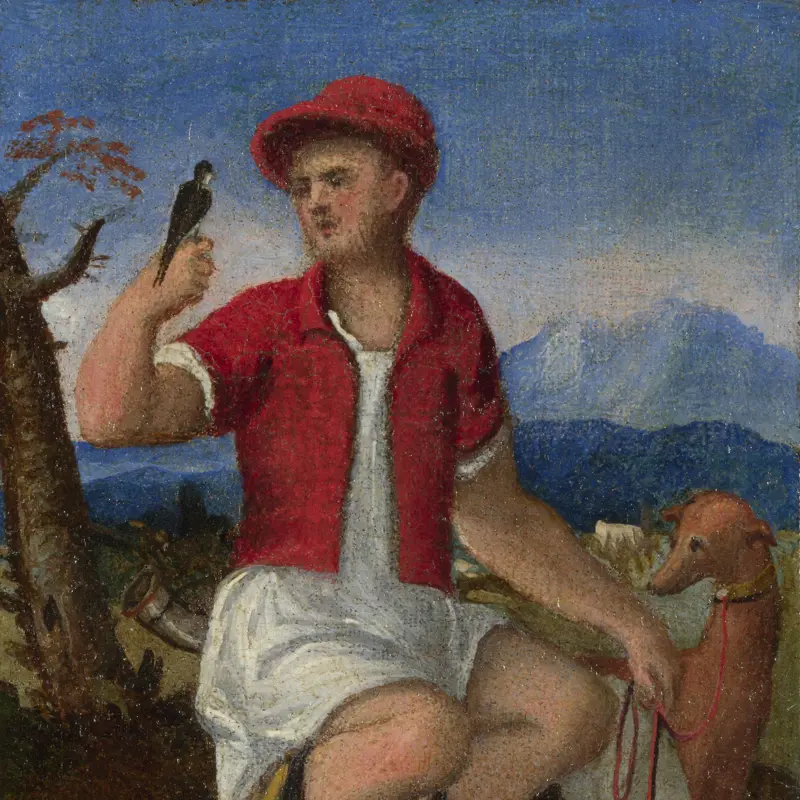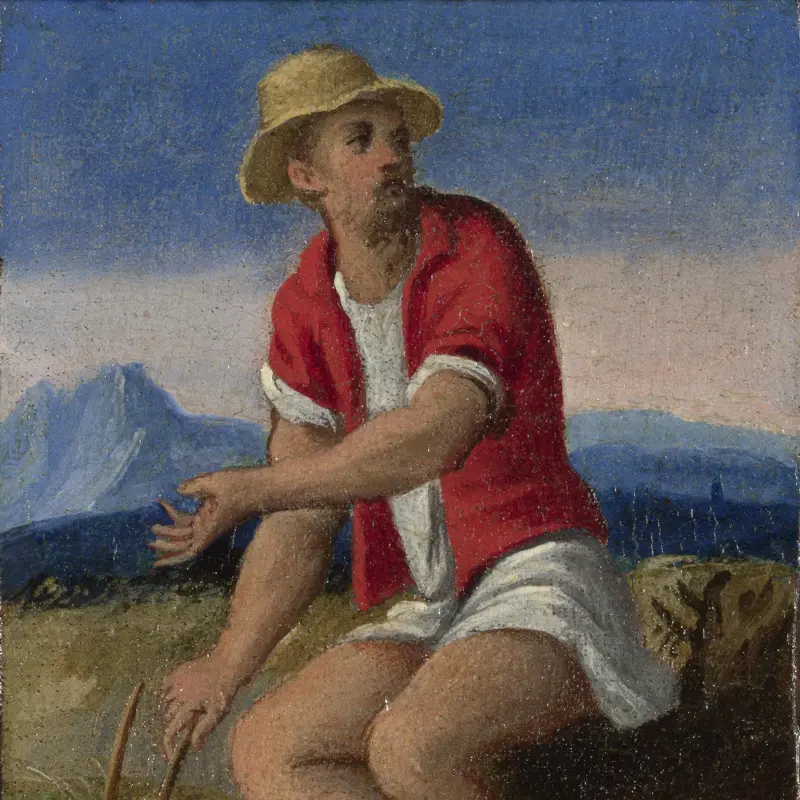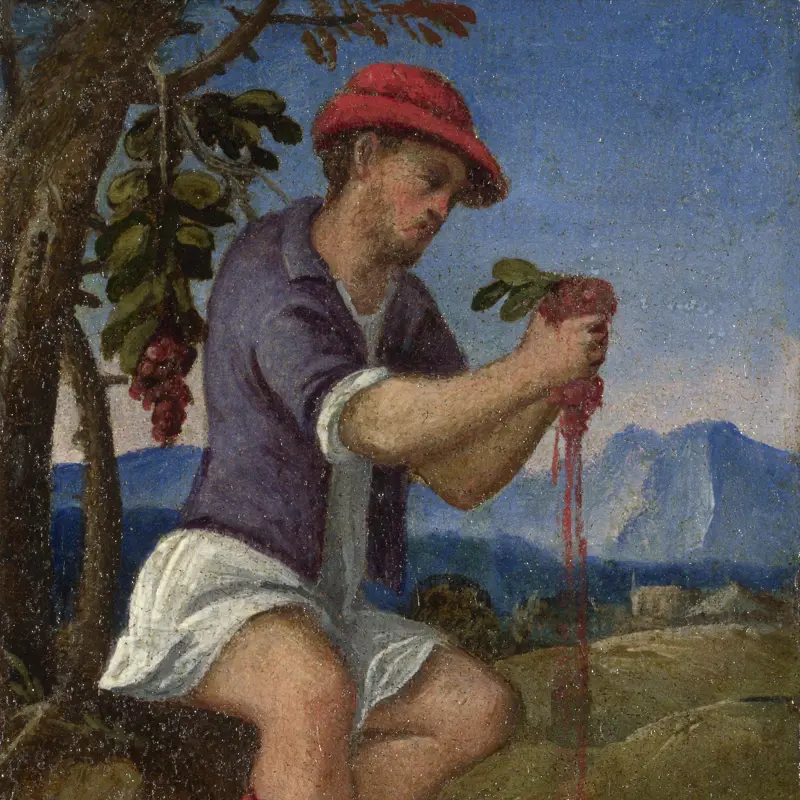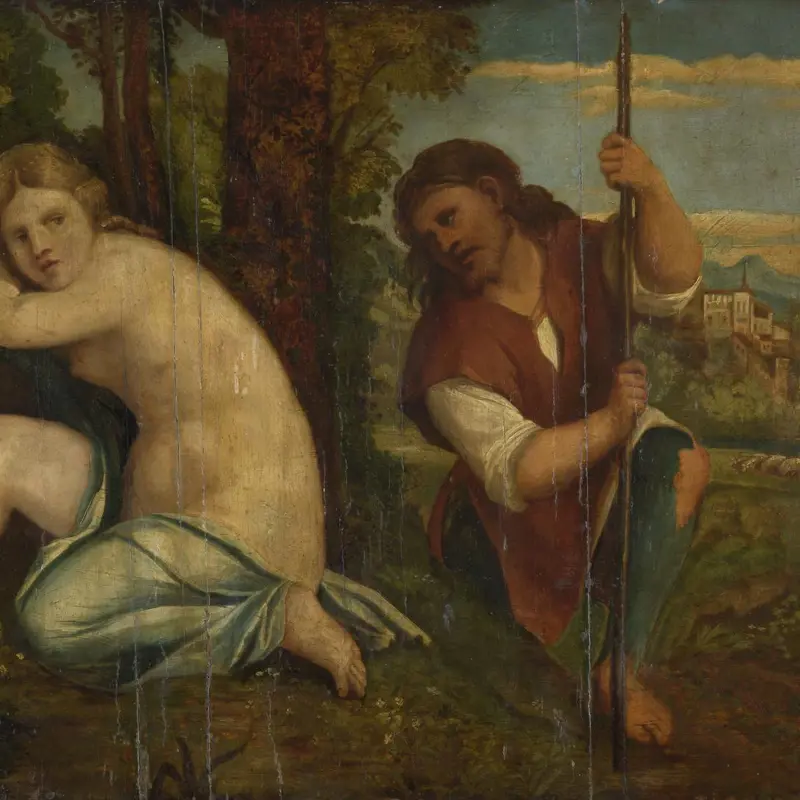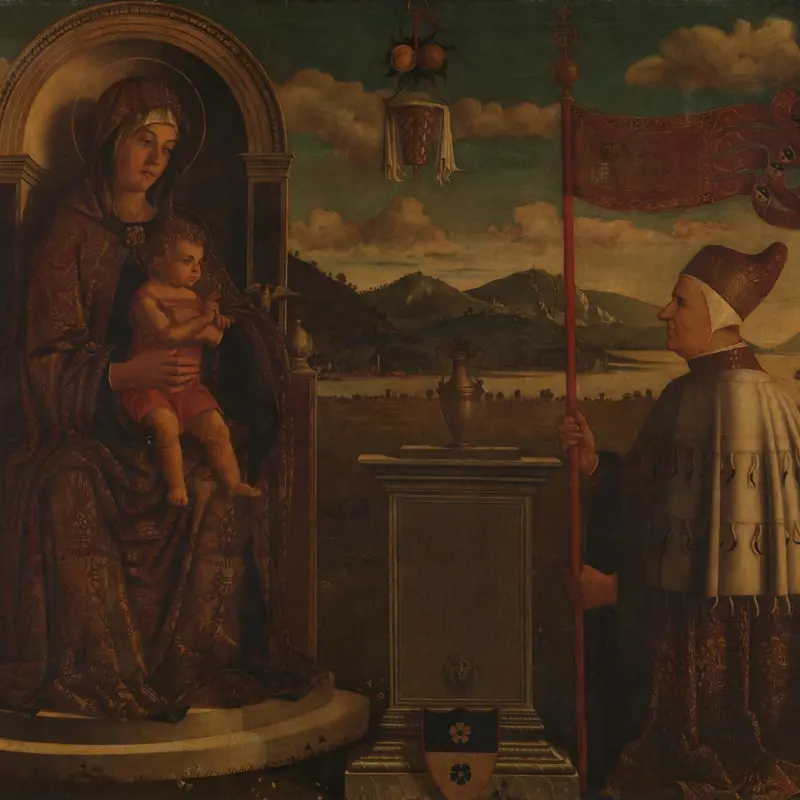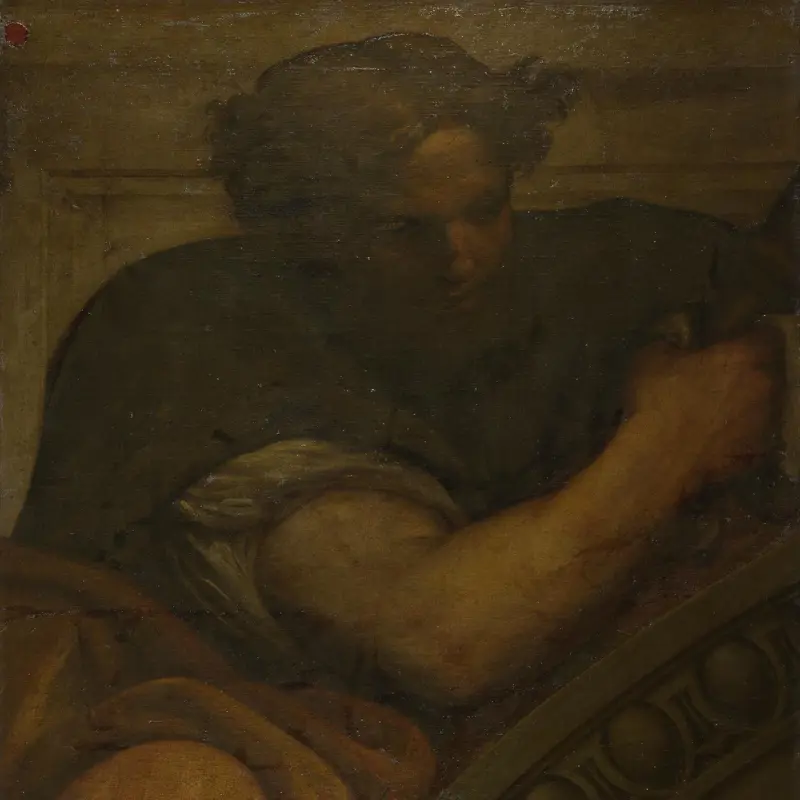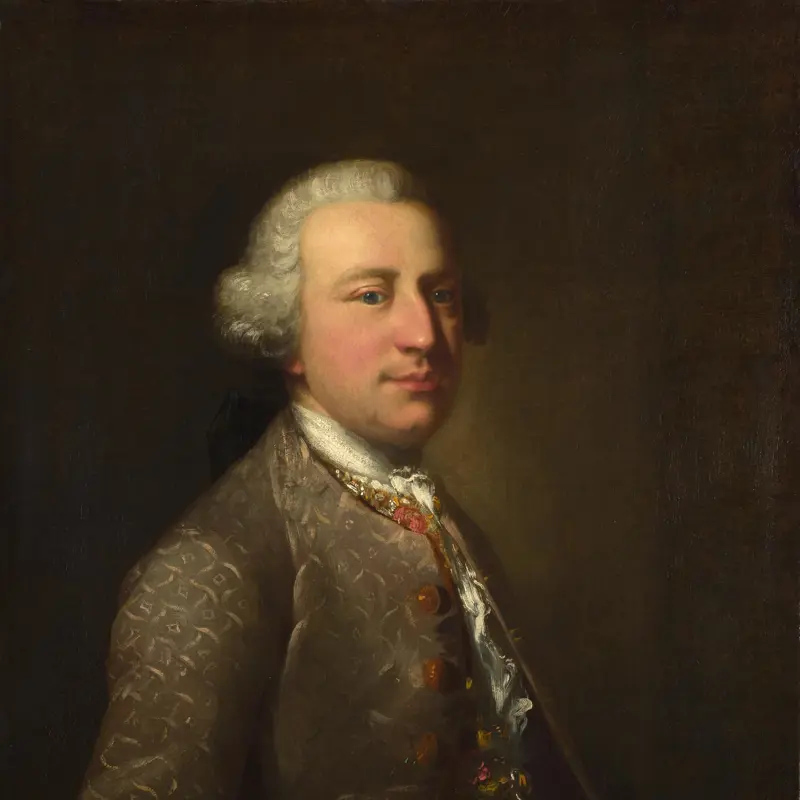Italian, Venetian, 'Ducat of Doge Giovanni Soranzo', 1312-28
About the work
Overview
The increasing availability of the gold entering Europe via global trade routes, and the metal’s intrinsic value, meant that it could be reliably used as a stable and secure form of currency during the Middle Ages. While southern Italy had an earlier tradition of minting gold coins, the great economic powers of northern Italy did not mint their own gold coins until the later 13th century. Italy’s ‘Commercial Revolution’ in trade and finance brought an increase in the production and circulation of gold coinage. Ducats, minted in Venice, began to be produced in 1284. These Venetian coins depicted Christ blessing, with an image of the Doge, Venice’s ruler, kneeling before Saint Mark on the other side.
In-depth
During the Middle Ages, West Africa was one of the major sources for gold entering Europe. From the 8th century, the metal had been extracted from significant gold deposits along the Falémé and Niger rivers in modern-day Senegal and Mali. It was then transported across the Sahara Desert along well-established caravan routes in the form of gold dust and bullion. From north Africa, it was sold and exchanged across the Mediterranean and beyond.
The increasing availability of the metal, and its intrinsic value, meant that it could reliably be used as a stable and secure form of currency in Europe. While southern Italy had an earlier tradition of minting gold coins, the great economic powers of northern Italy did not mint their own gold coins until the later 13th century. Italy’s ‘Commercial Revolution’ in trade and finance brought an increase in the production and circulation of gold coinage. In 1252, Florence introduced the florin and Genoa established the genovino. Ducats, minted in Venice, followed in 1284. These Venetian coins depicted Christ blessing, with an image of the Doge, Venice’s ruler, kneeling before Saint Mark on the other side.
In medieval Europe, the gold leaf used in paintings and textiles was produced by hammering out gold coinage into extremely thin sheets. In Florence, where some of the finest gold leaf was produced, the artisans responsible for this delicate task belonged to the same guild as painters. After it was beaten, gold leaf would be cut into squares (typically around 7–8 cm wide) and then sold ready for use in an artist’s workshop.
Key facts
Details
- Full title
- Ducat of Doge Giovanni Soranzo
- Artist
- Italian, Venetian
- Date made
- 1312-28
- Medium and support
- Gold
- Dimensions
- 2 × 2 cm
- Acquisition credit
- The Syndics of the Fitzwilliam Museum, University of Cambridge
- Inventory number
- L1366
- Location
- Room 64
- Image copyright
- The Syndics of the Fitzwilliam Museum, University of Cambridge, Photograph © The Fitzwilliam Museum, University of Cambridge
- Collection
- Main Collection
About this record
If you know more about this work or have spotted an error, please contact us. Please note that exhibition histories are listed from 2009 onwards. Bibliographies may not be complete; more comprehensive information is available in the National Gallery Library.

